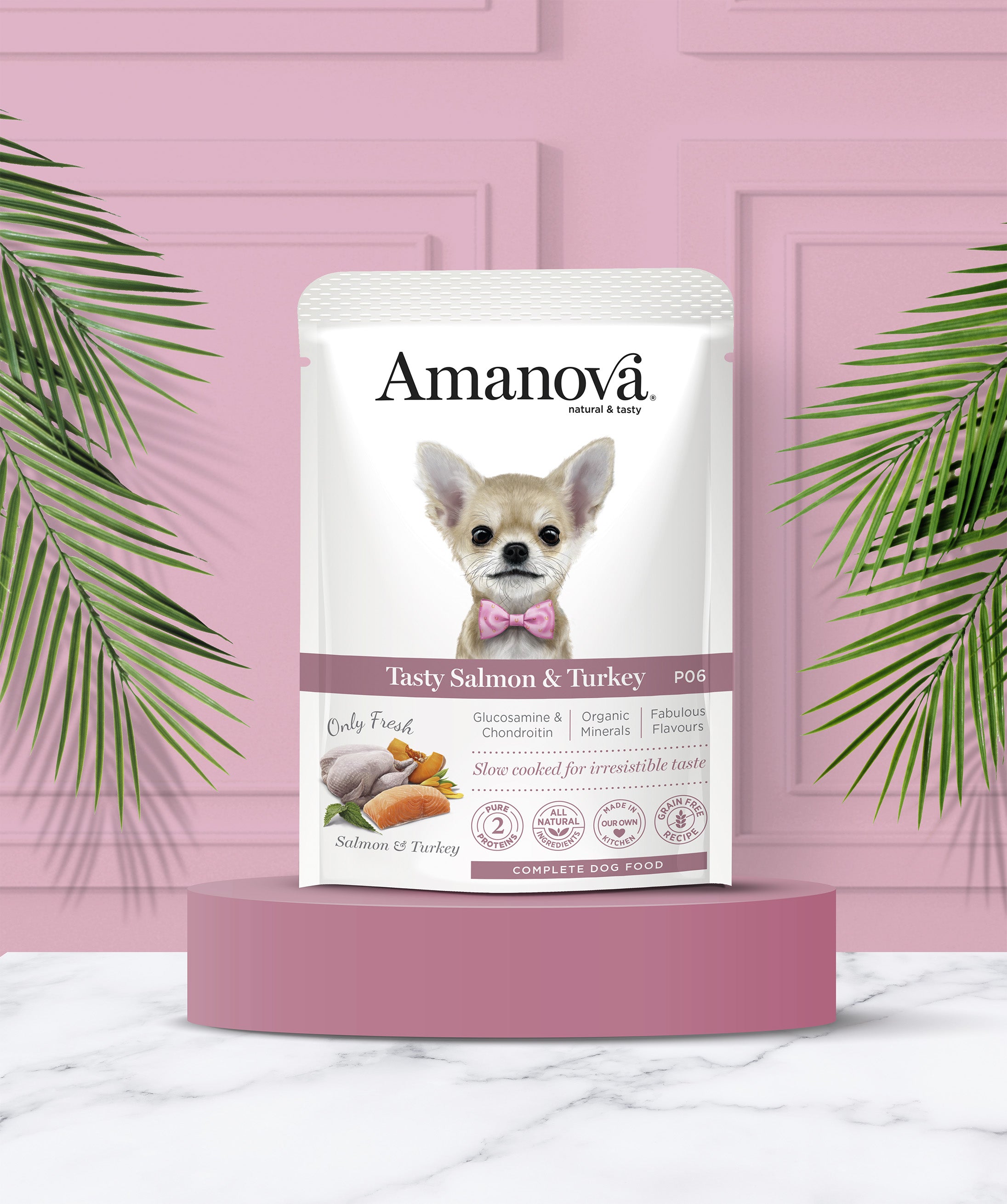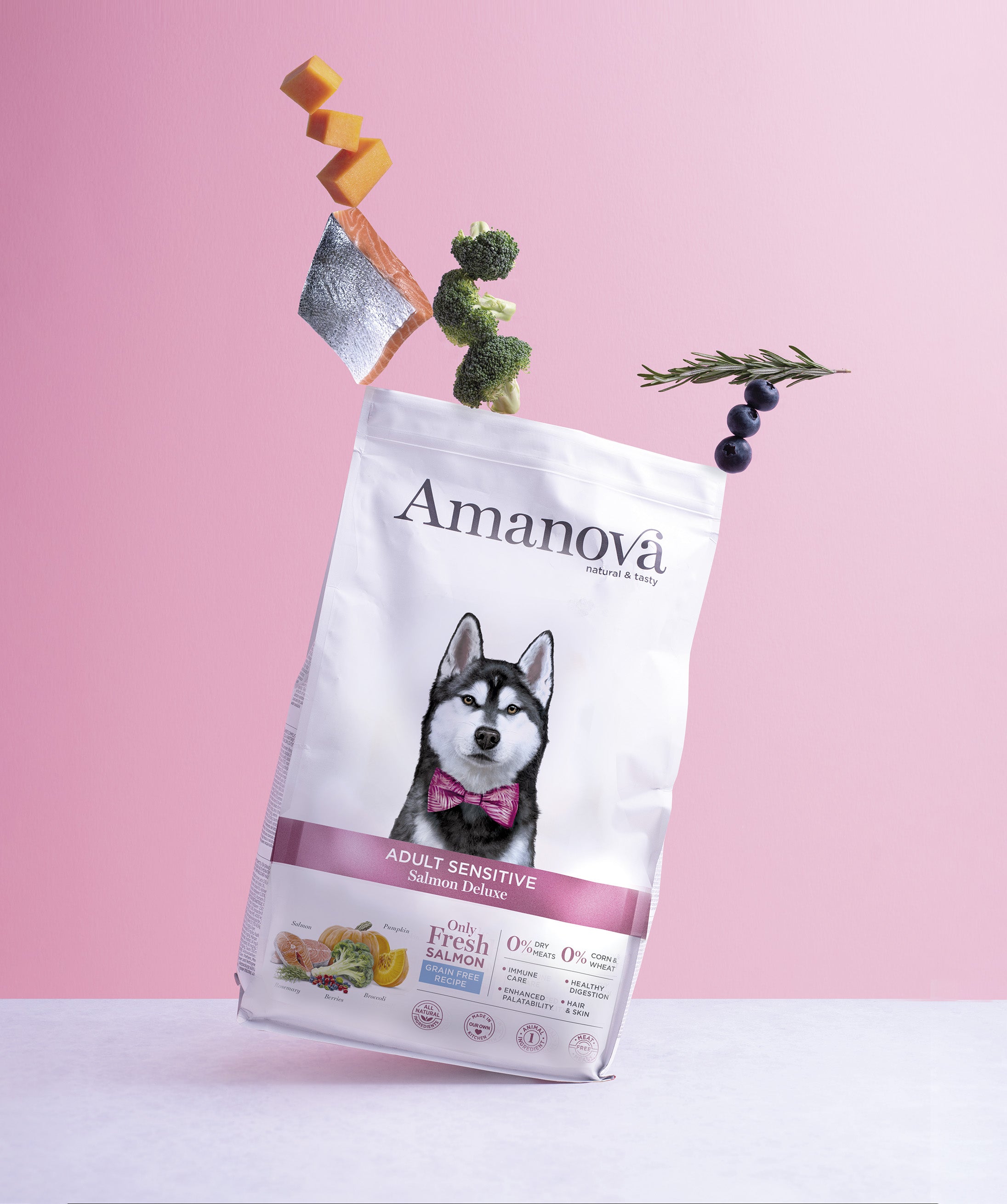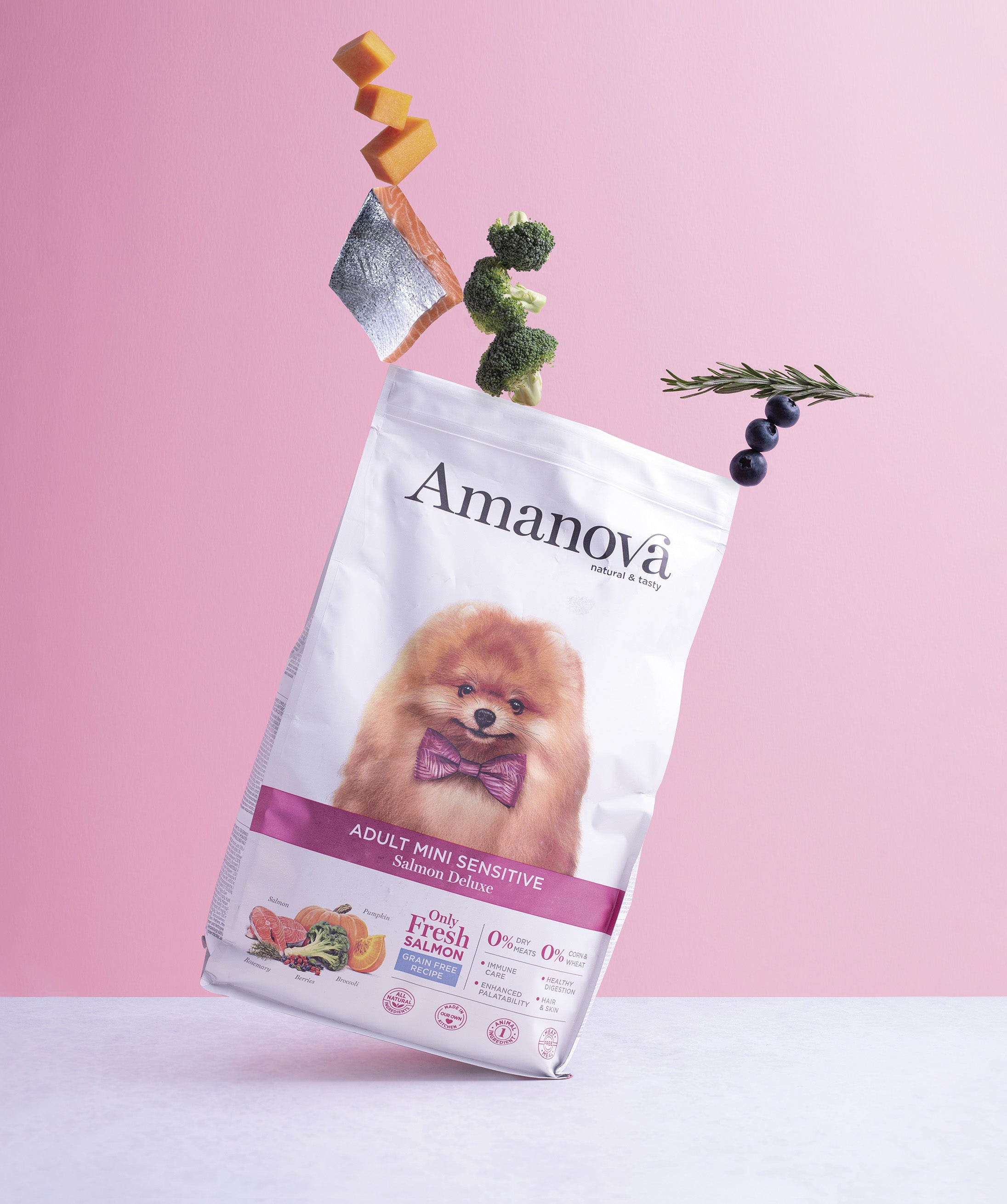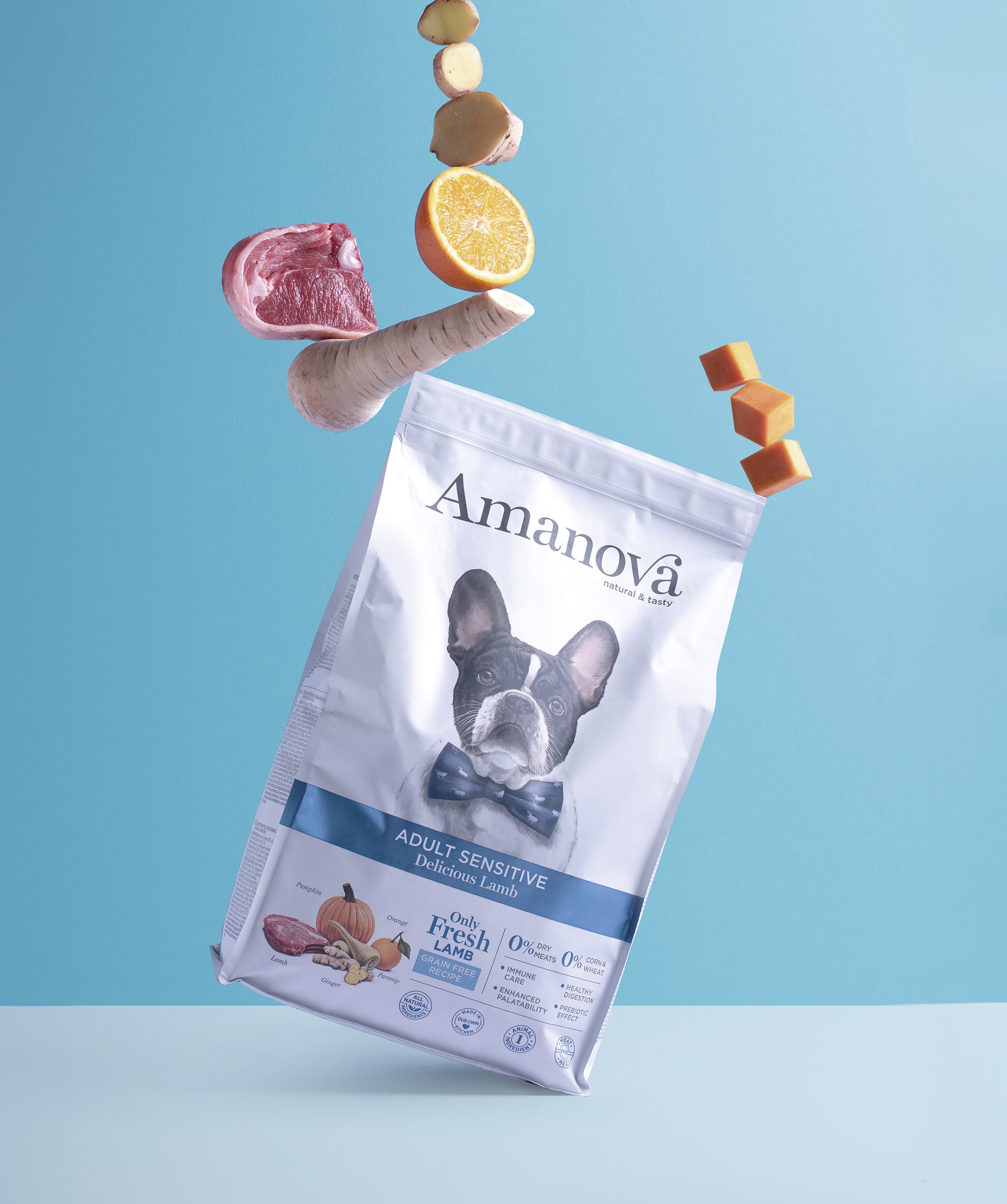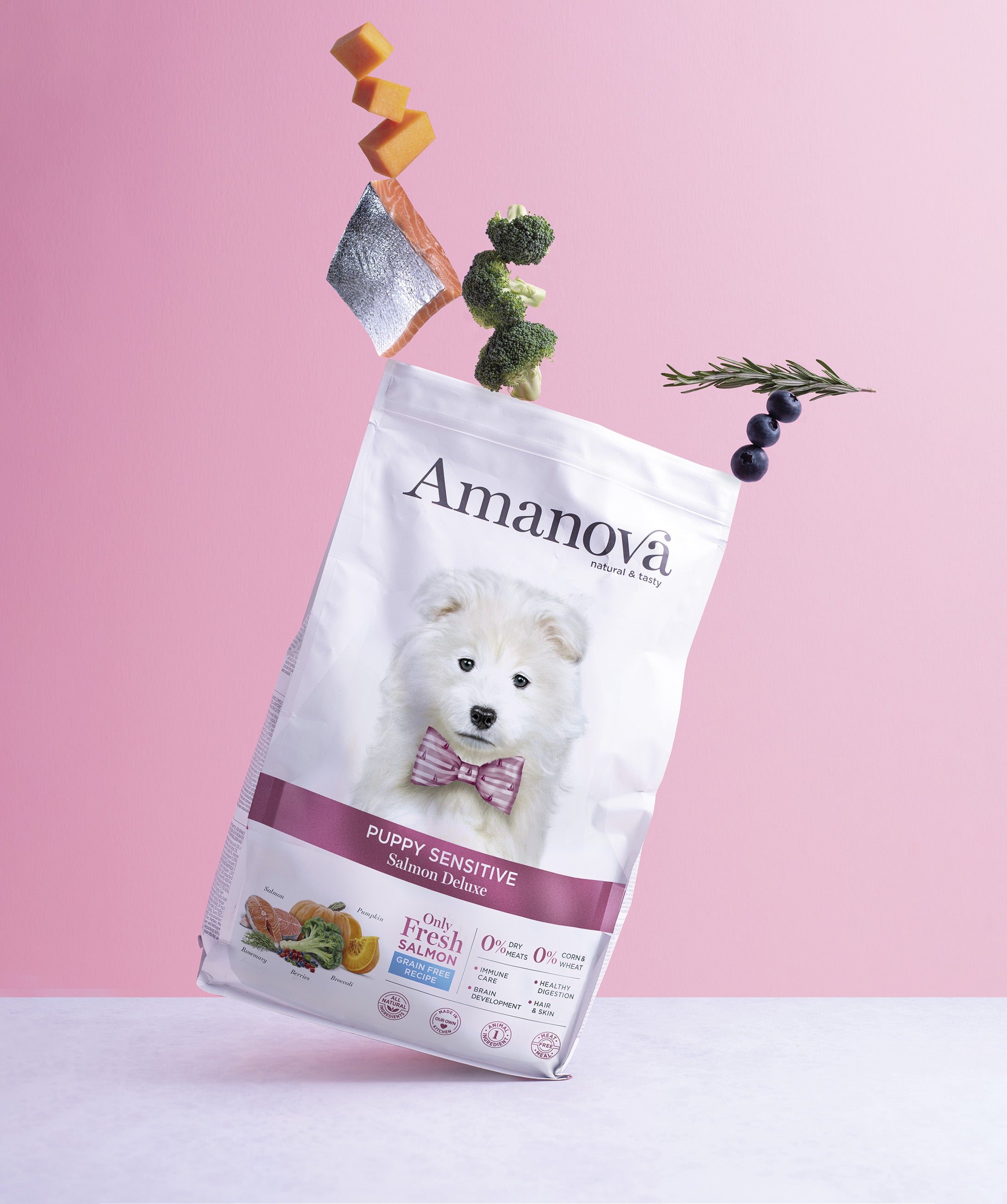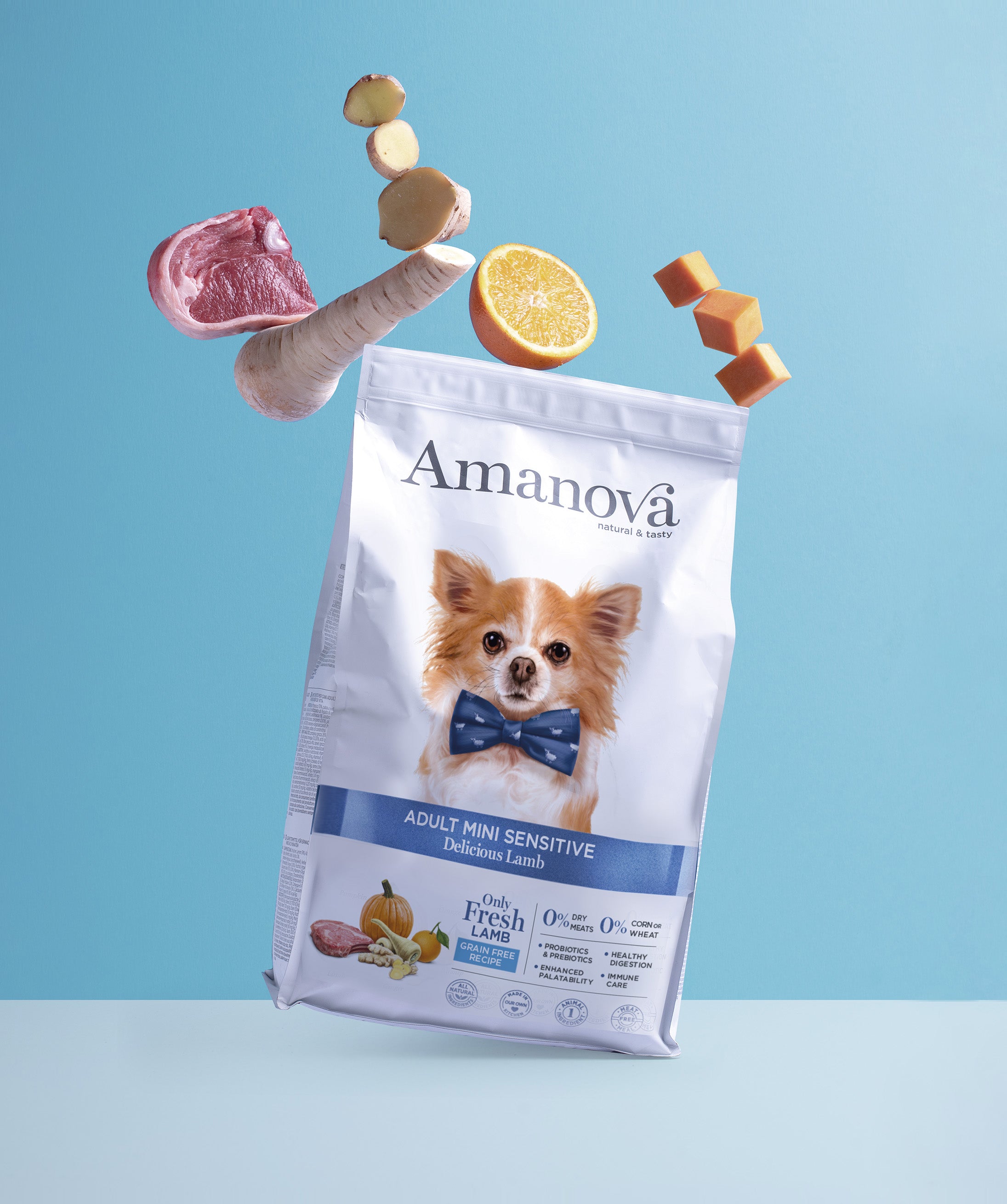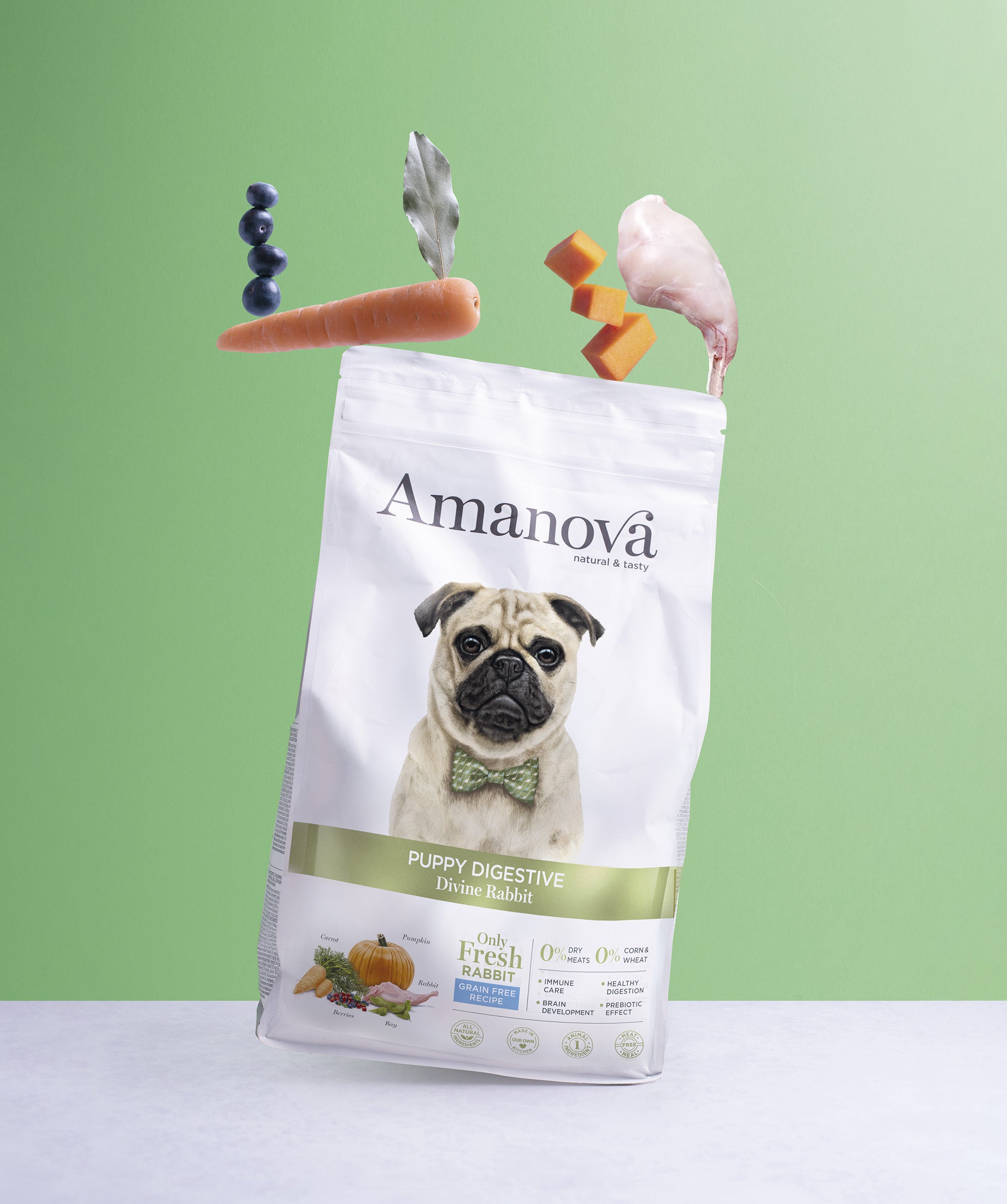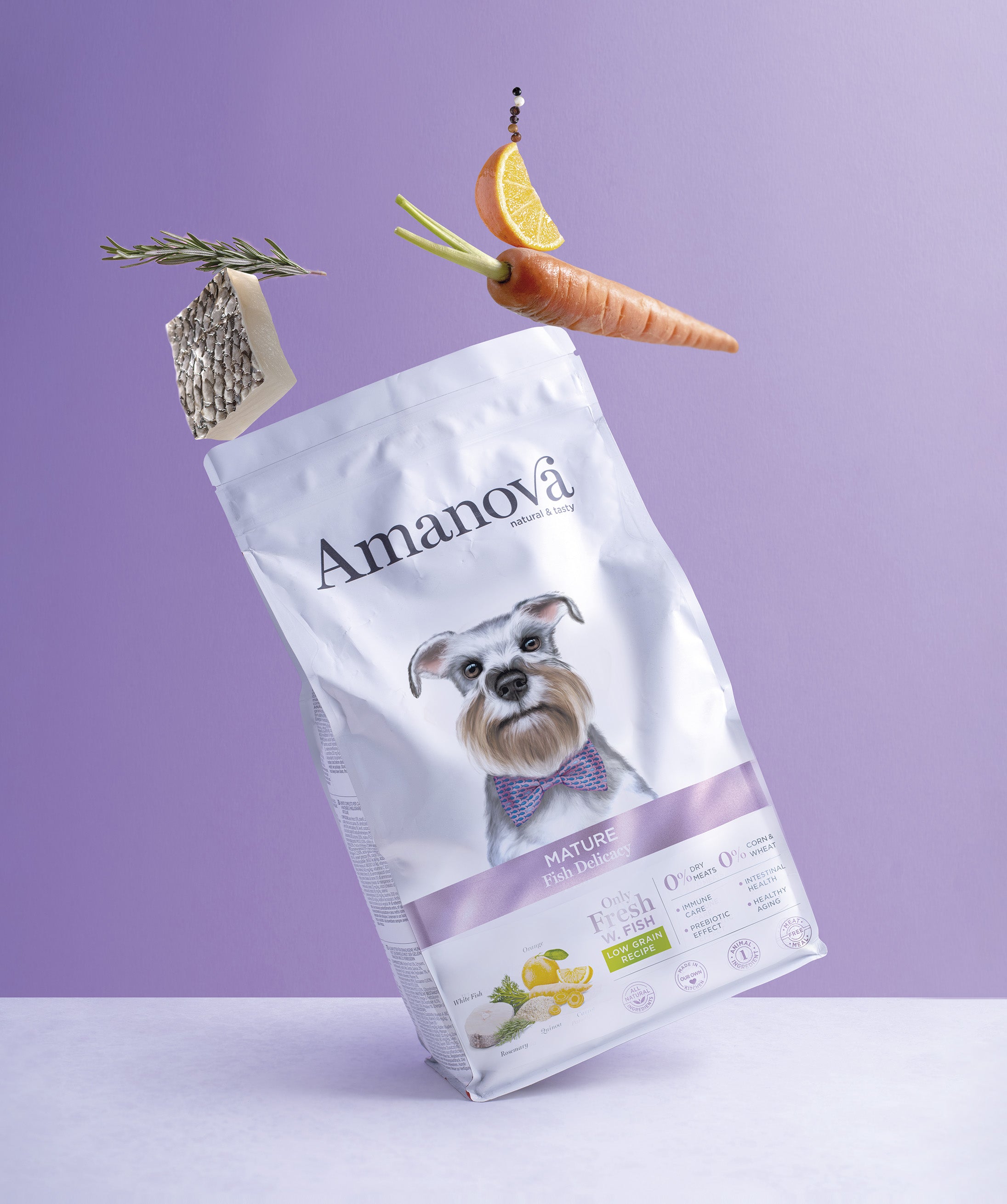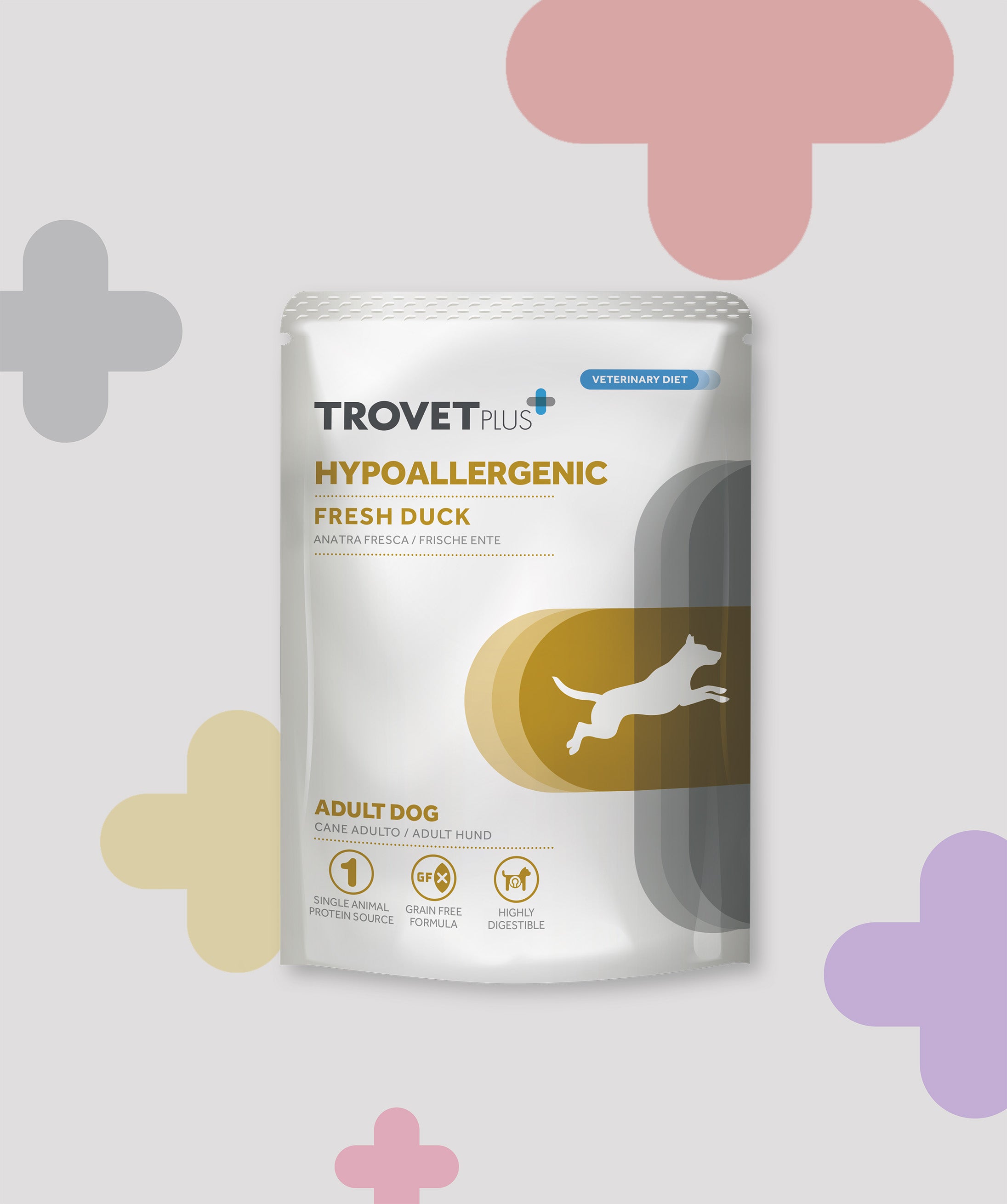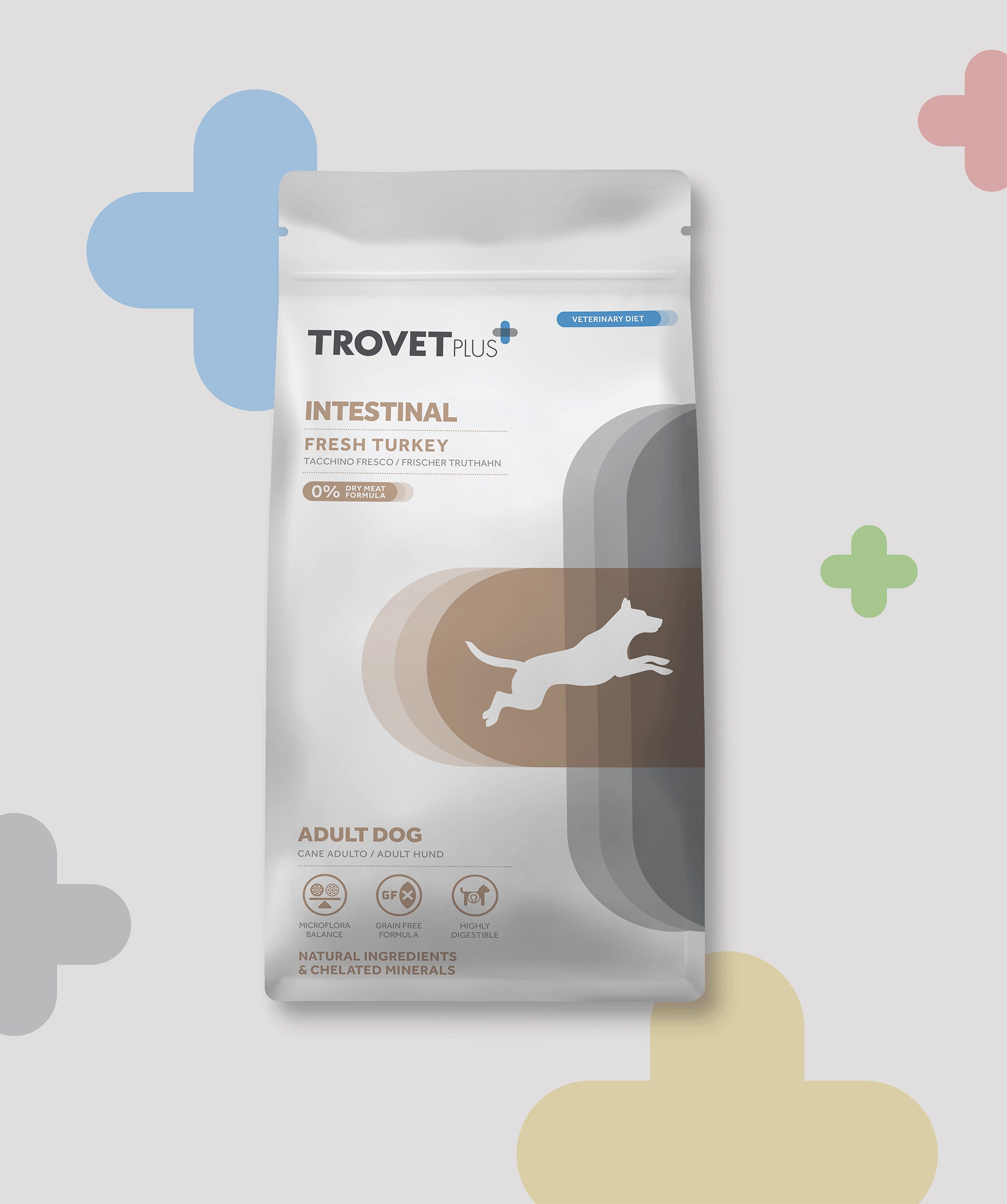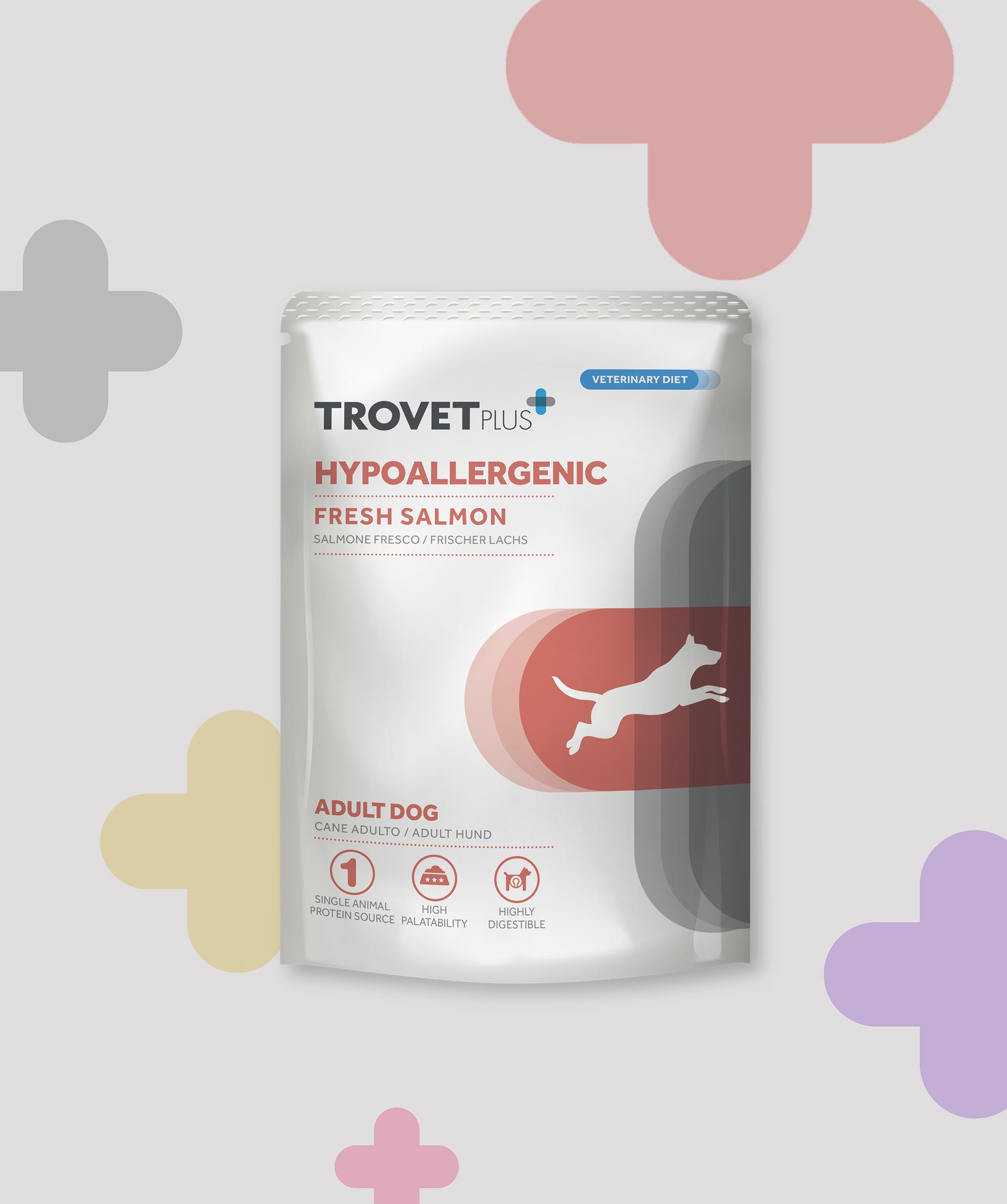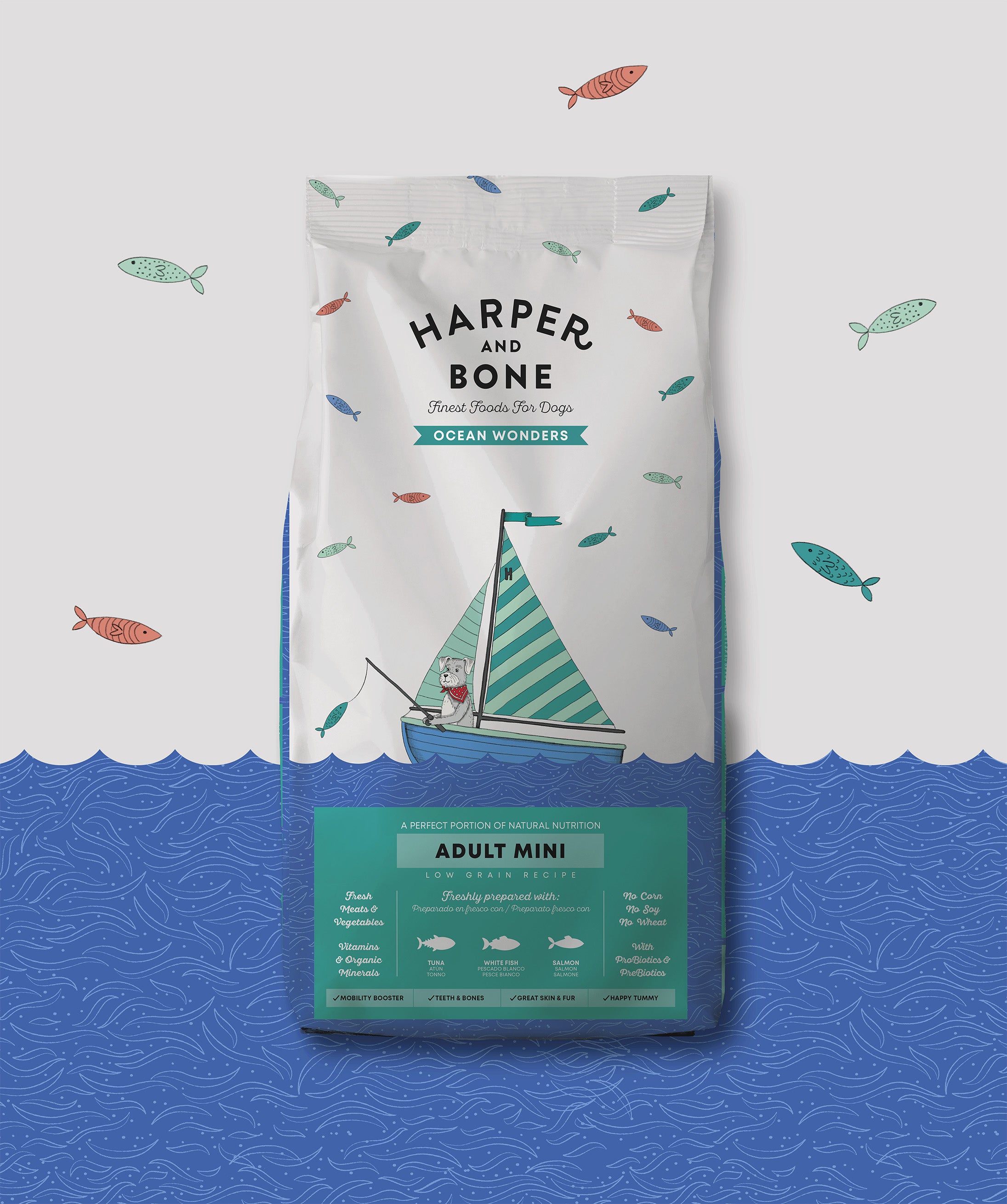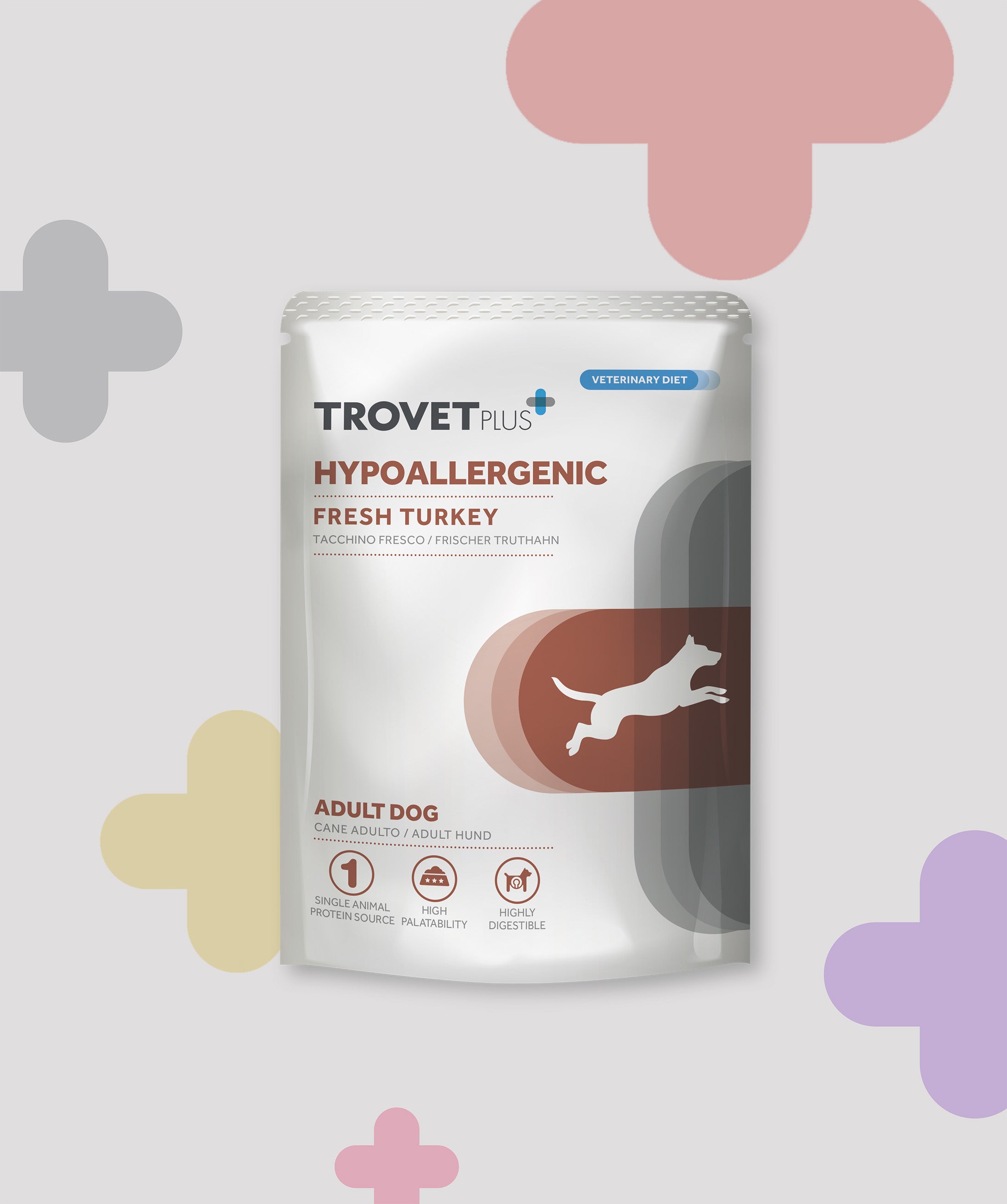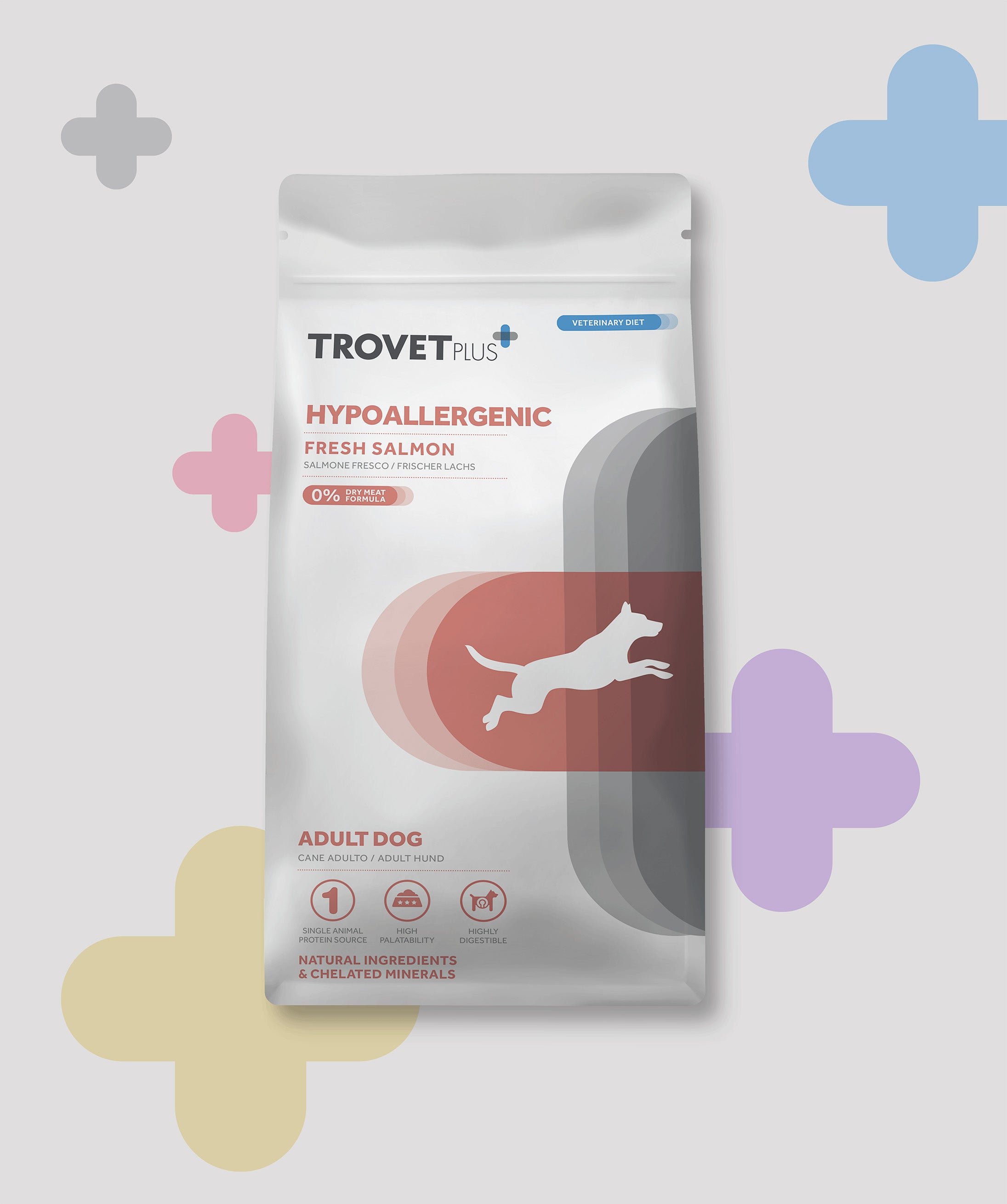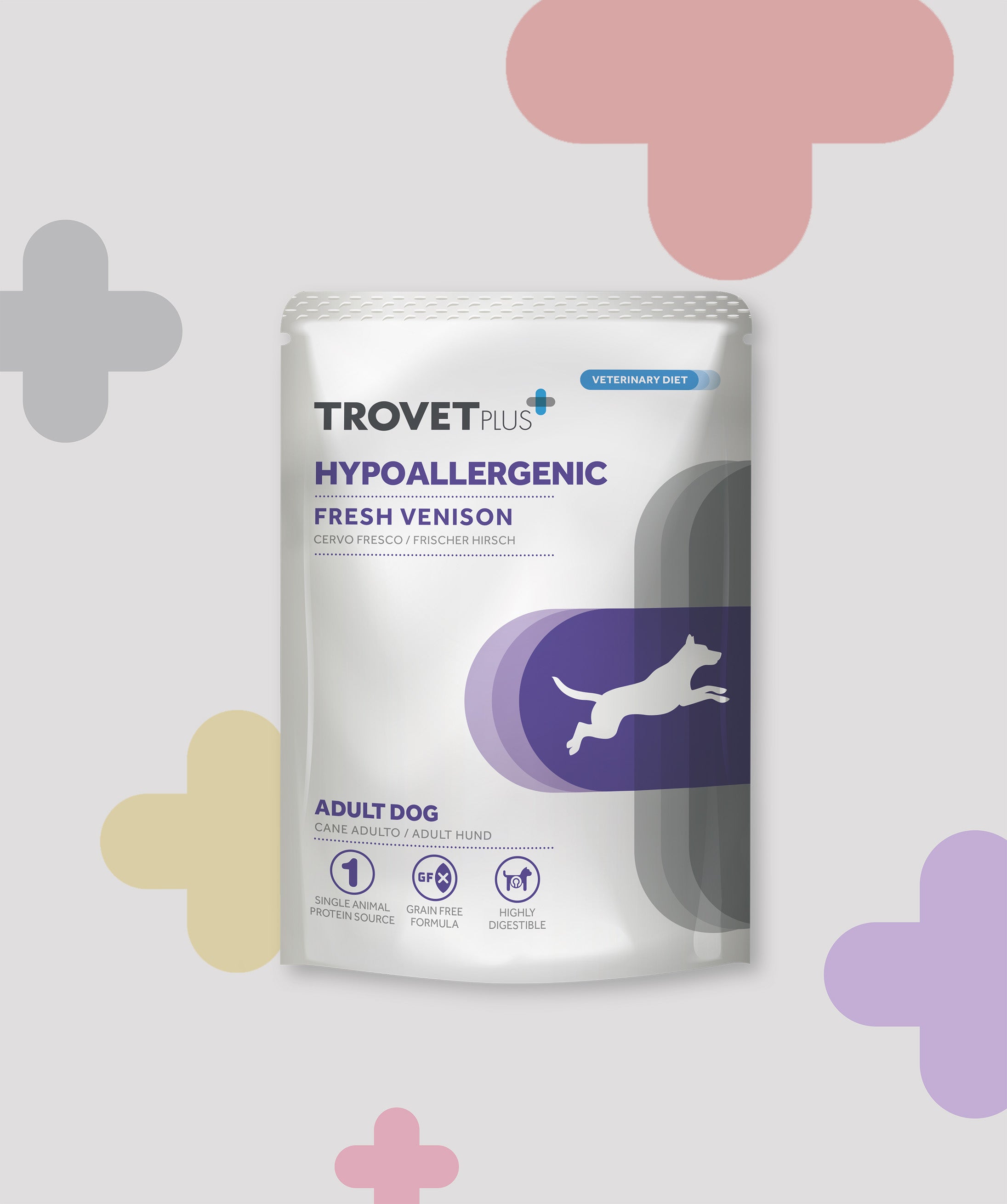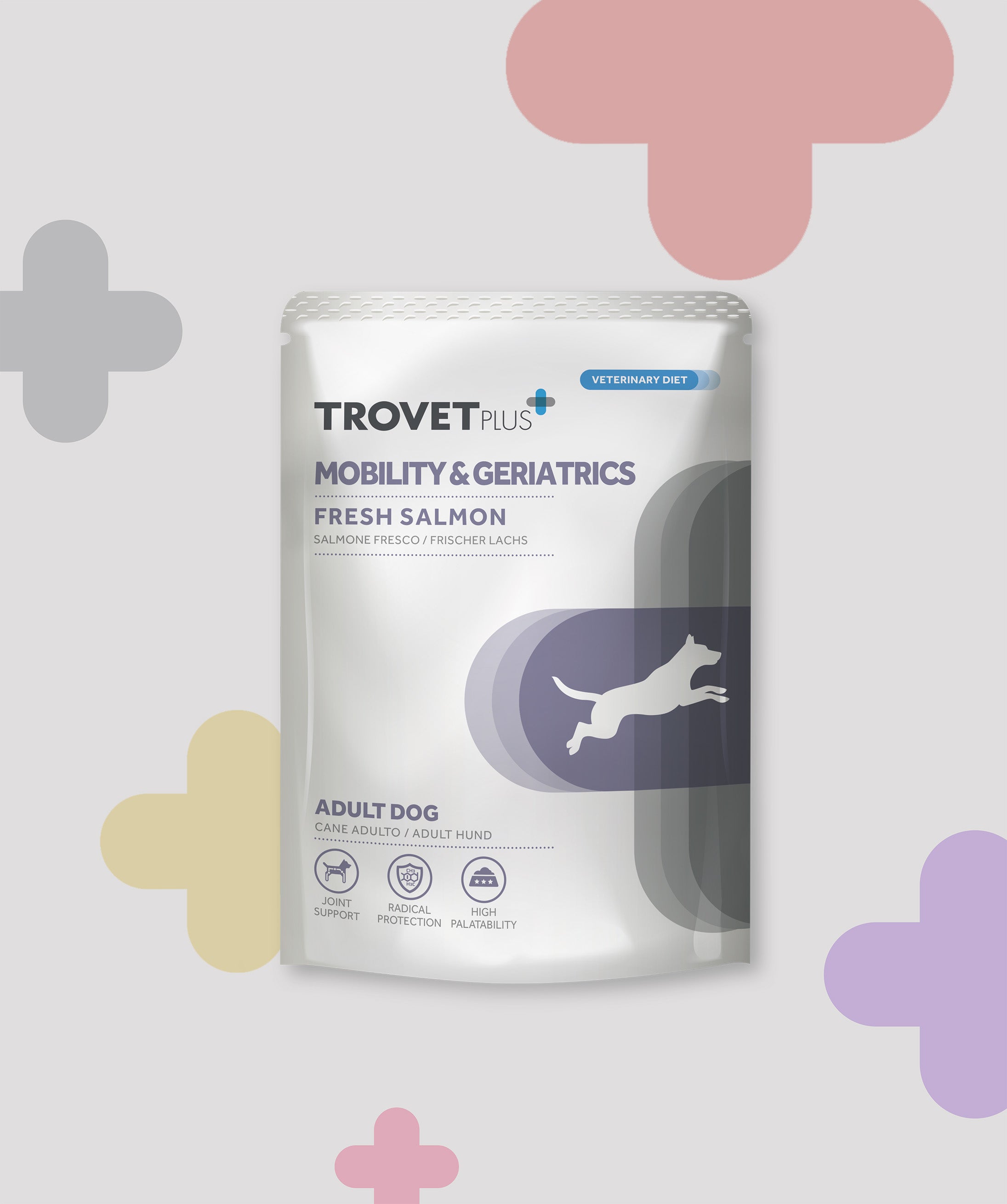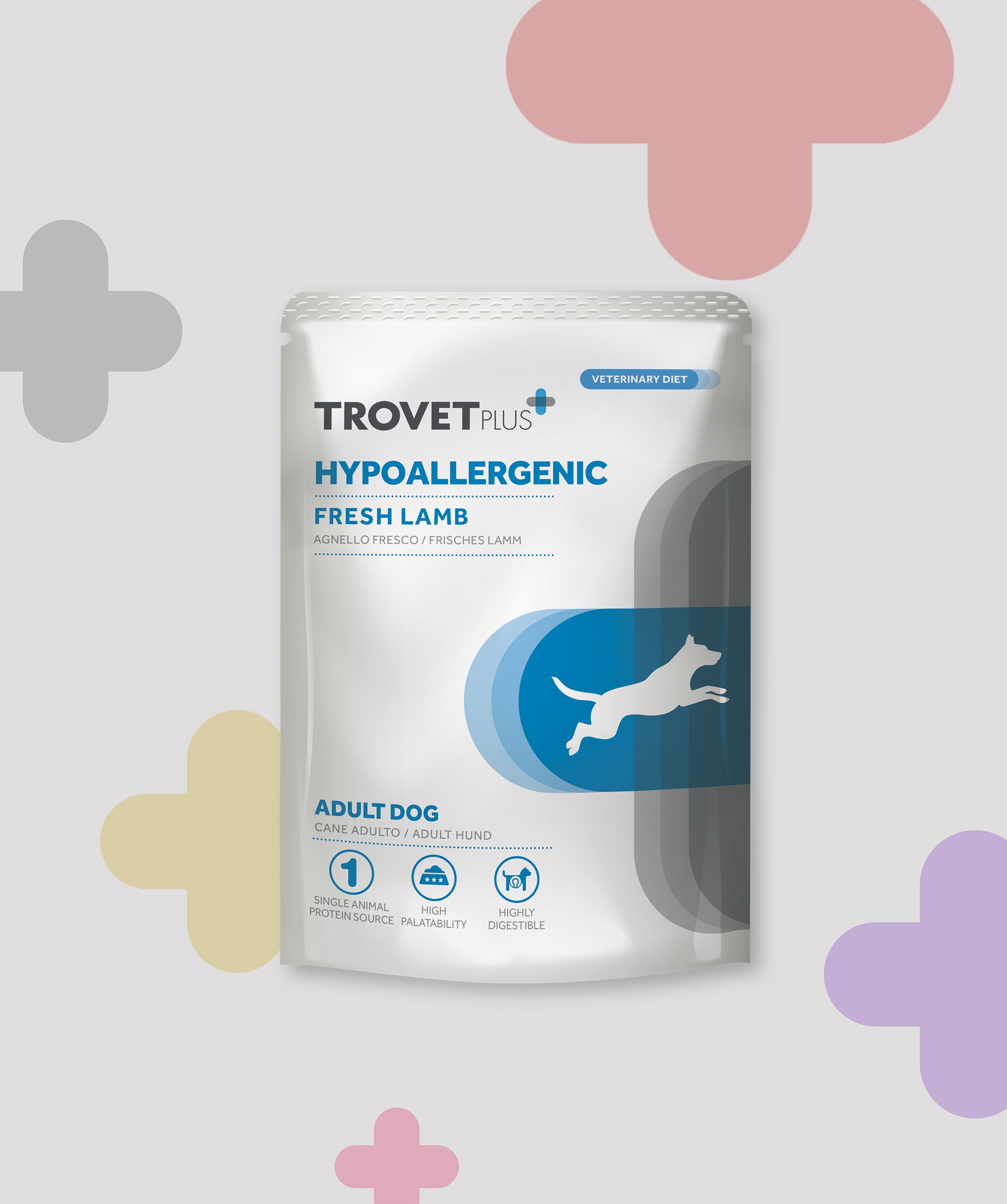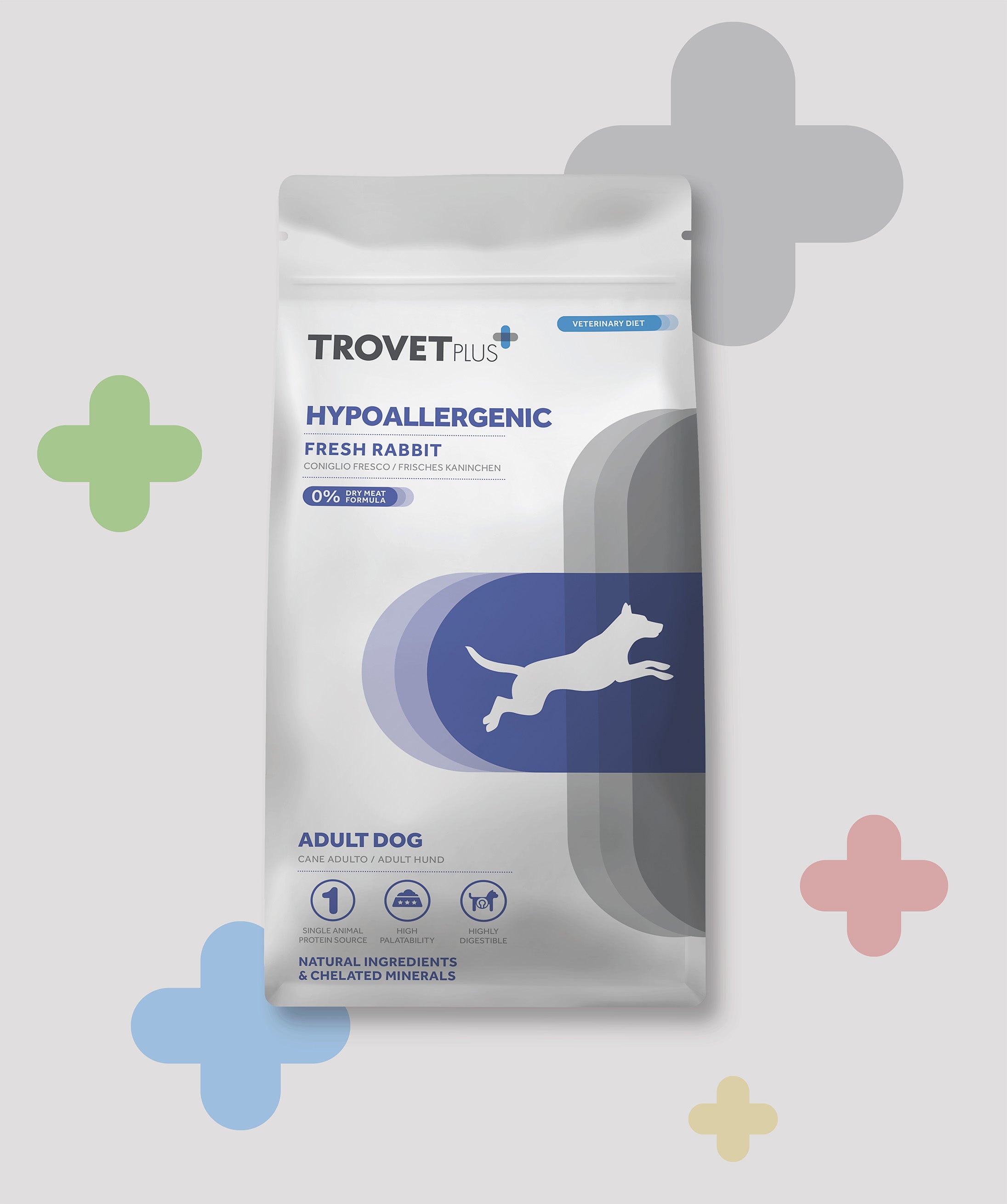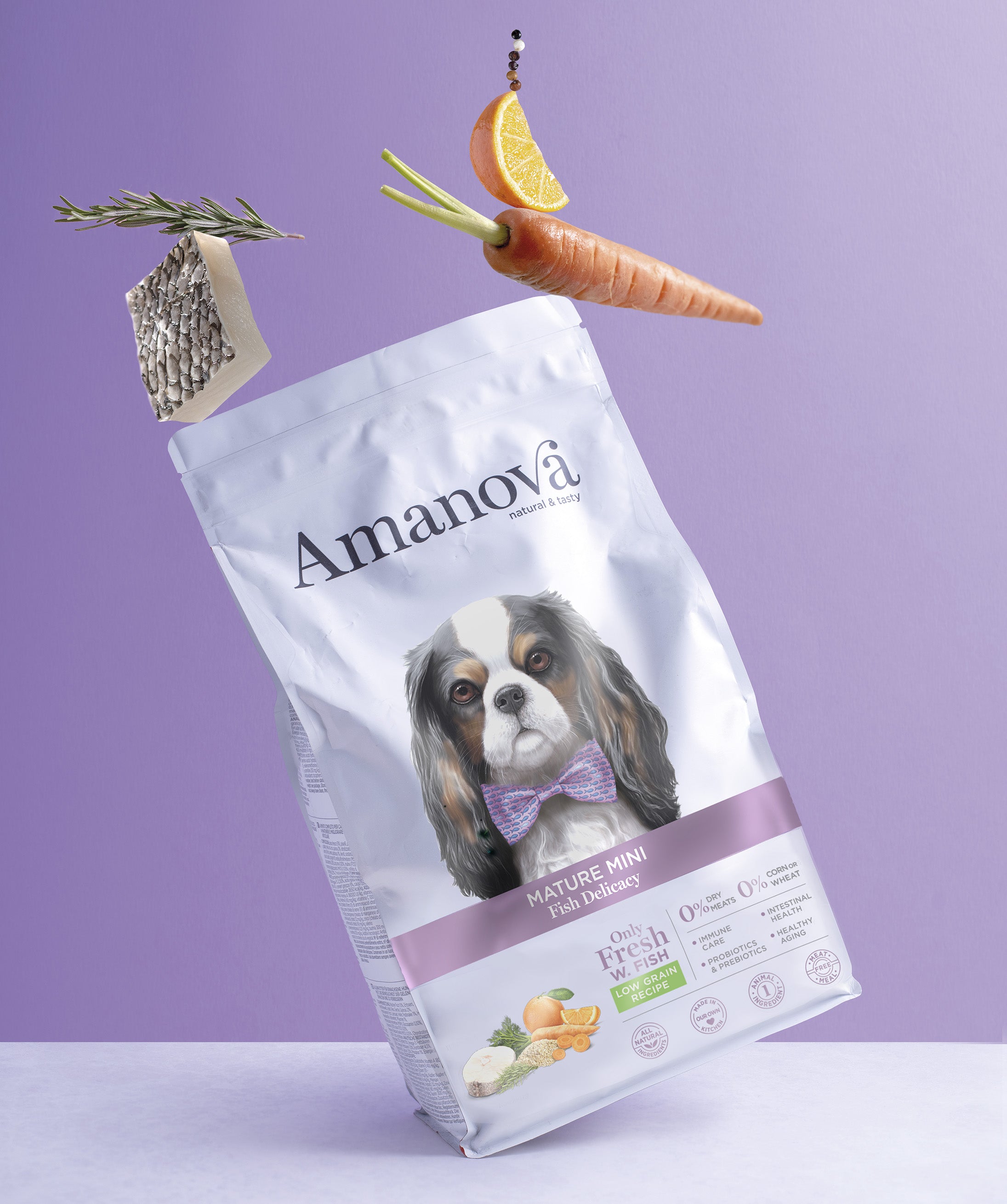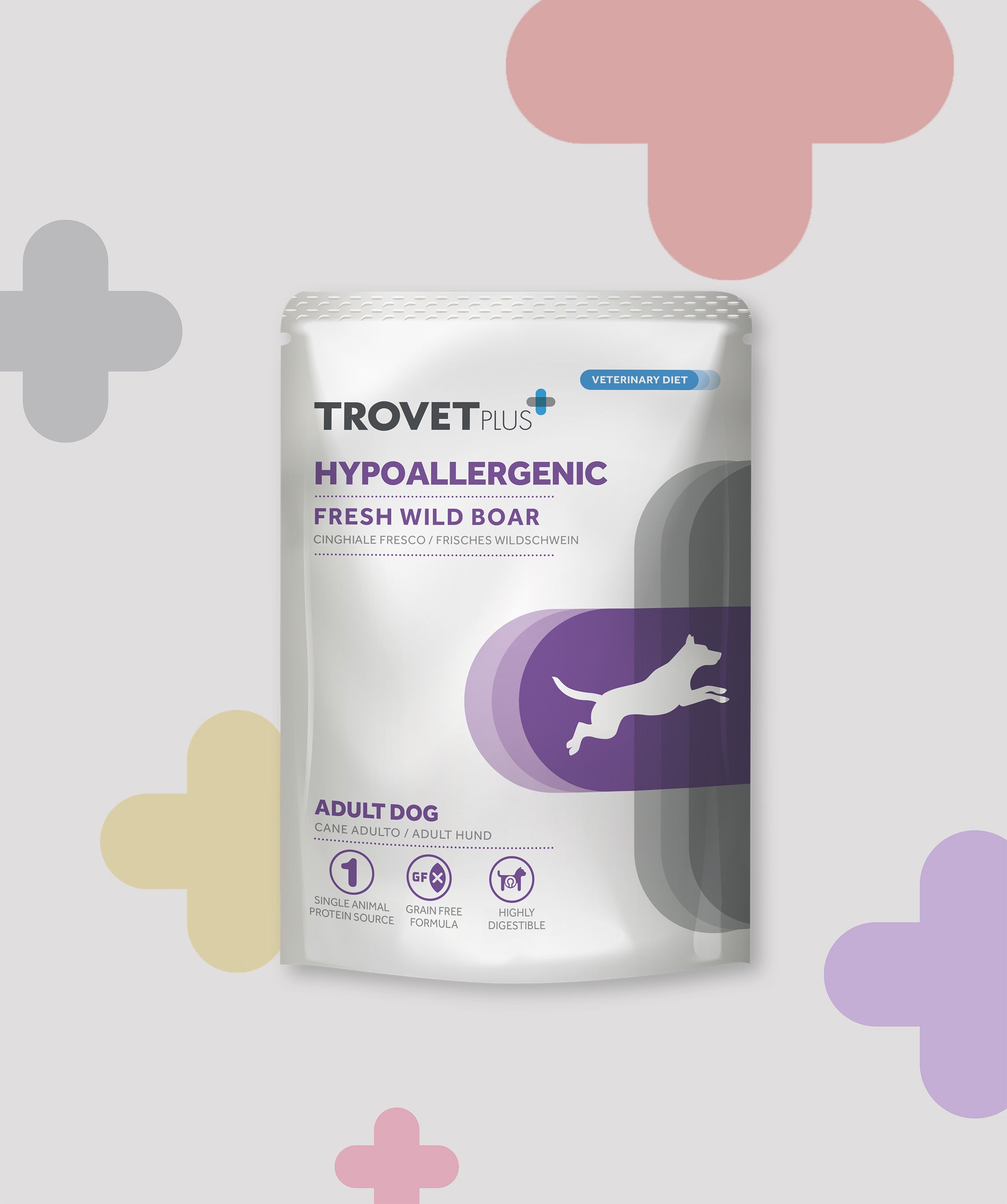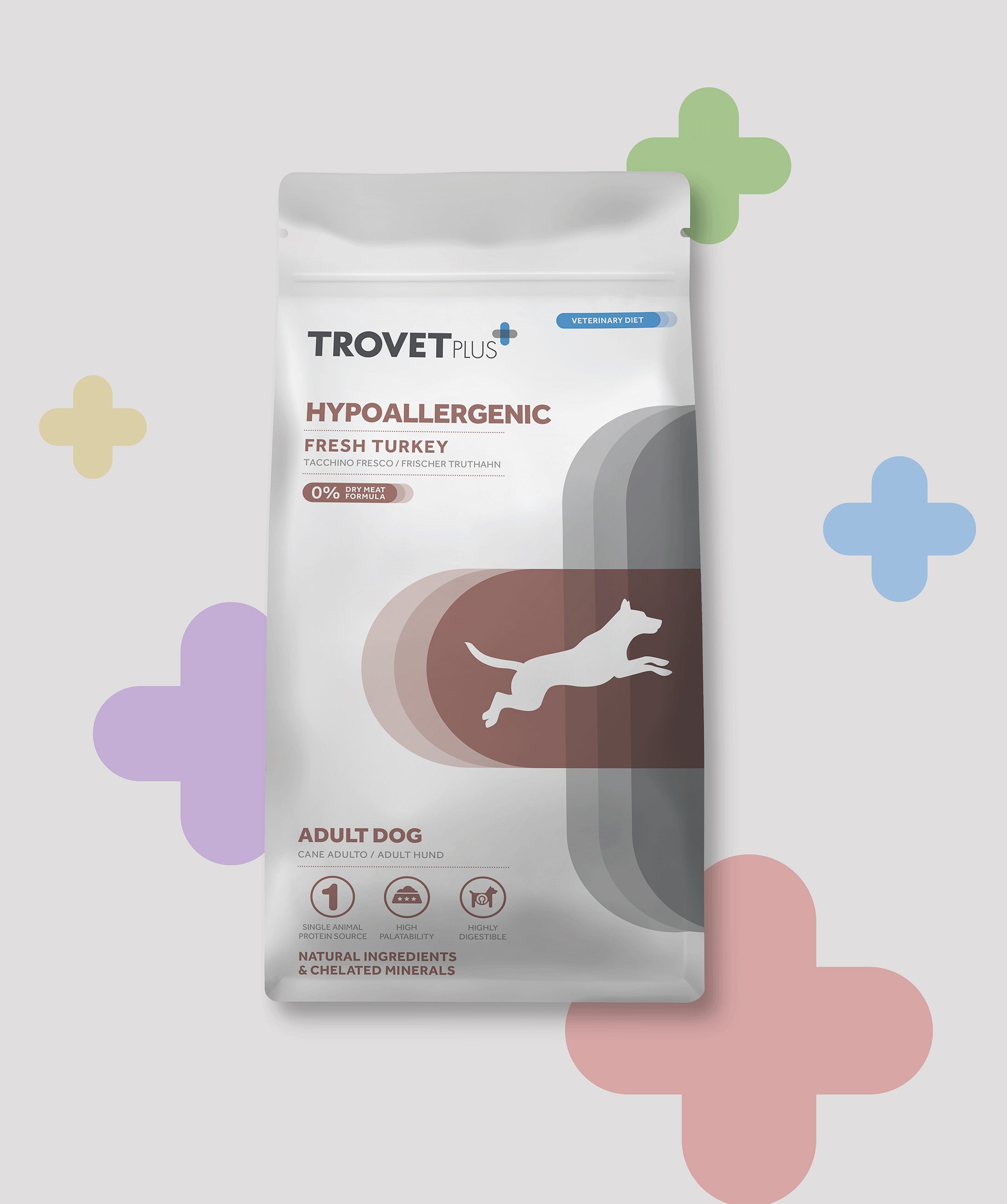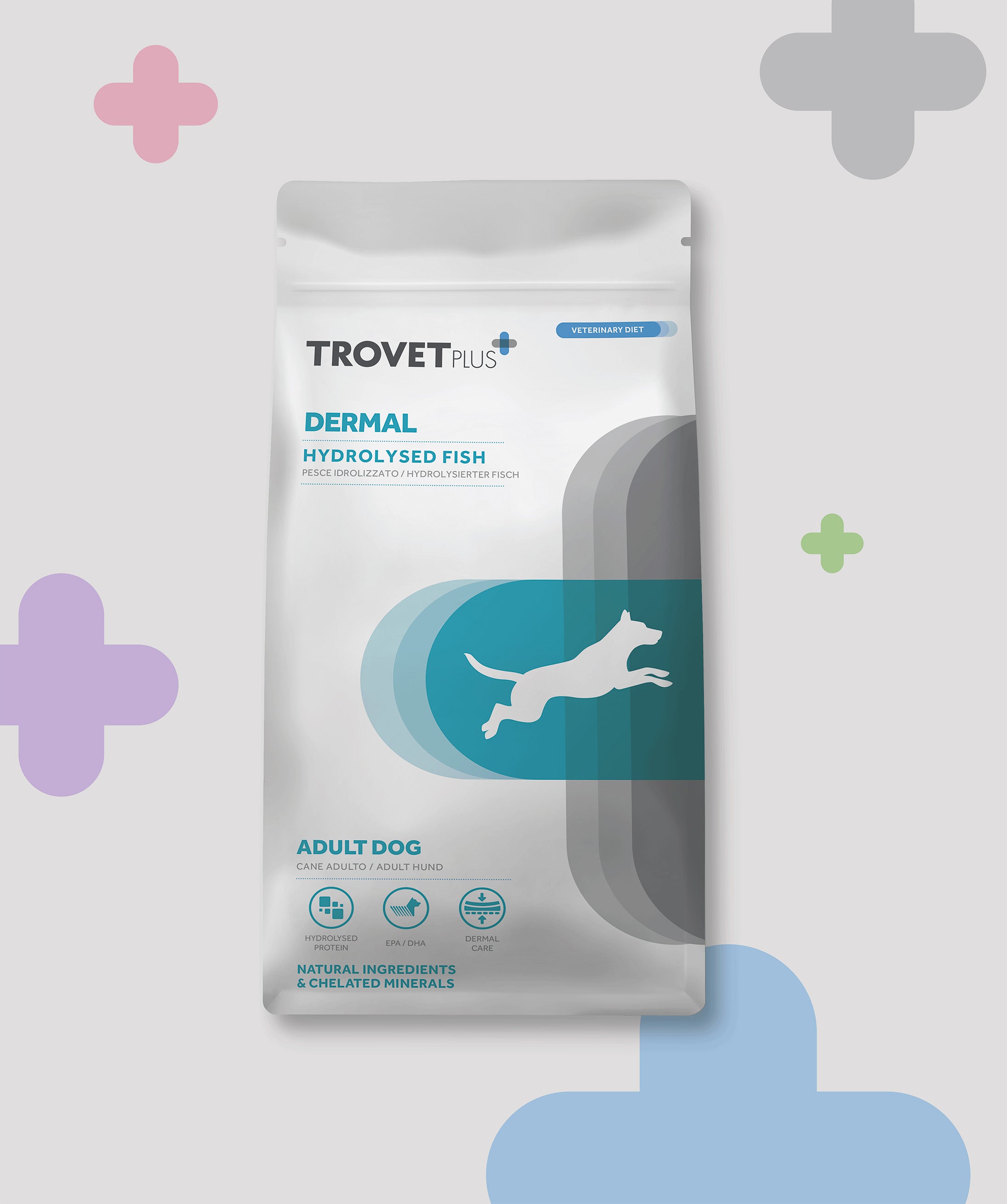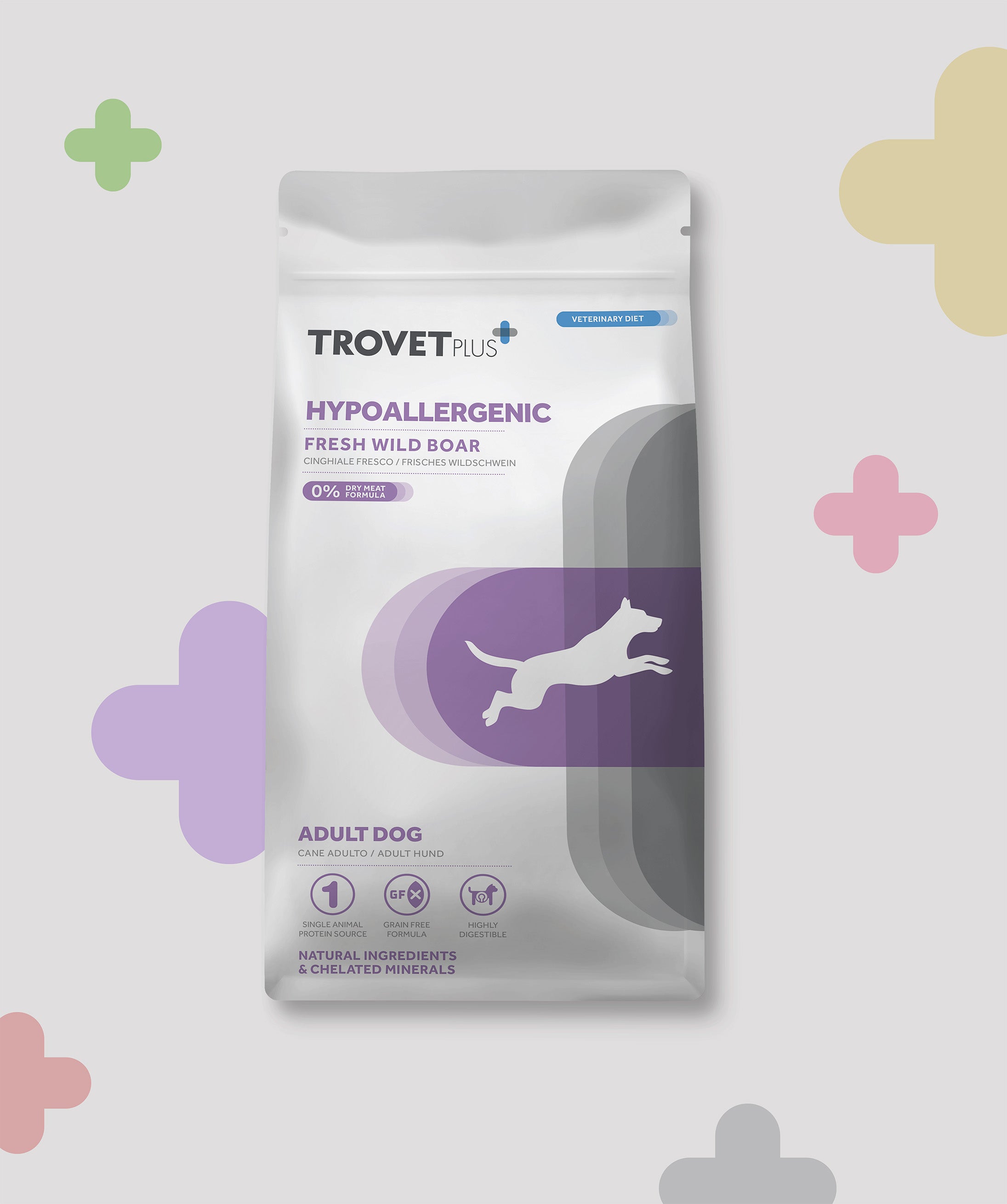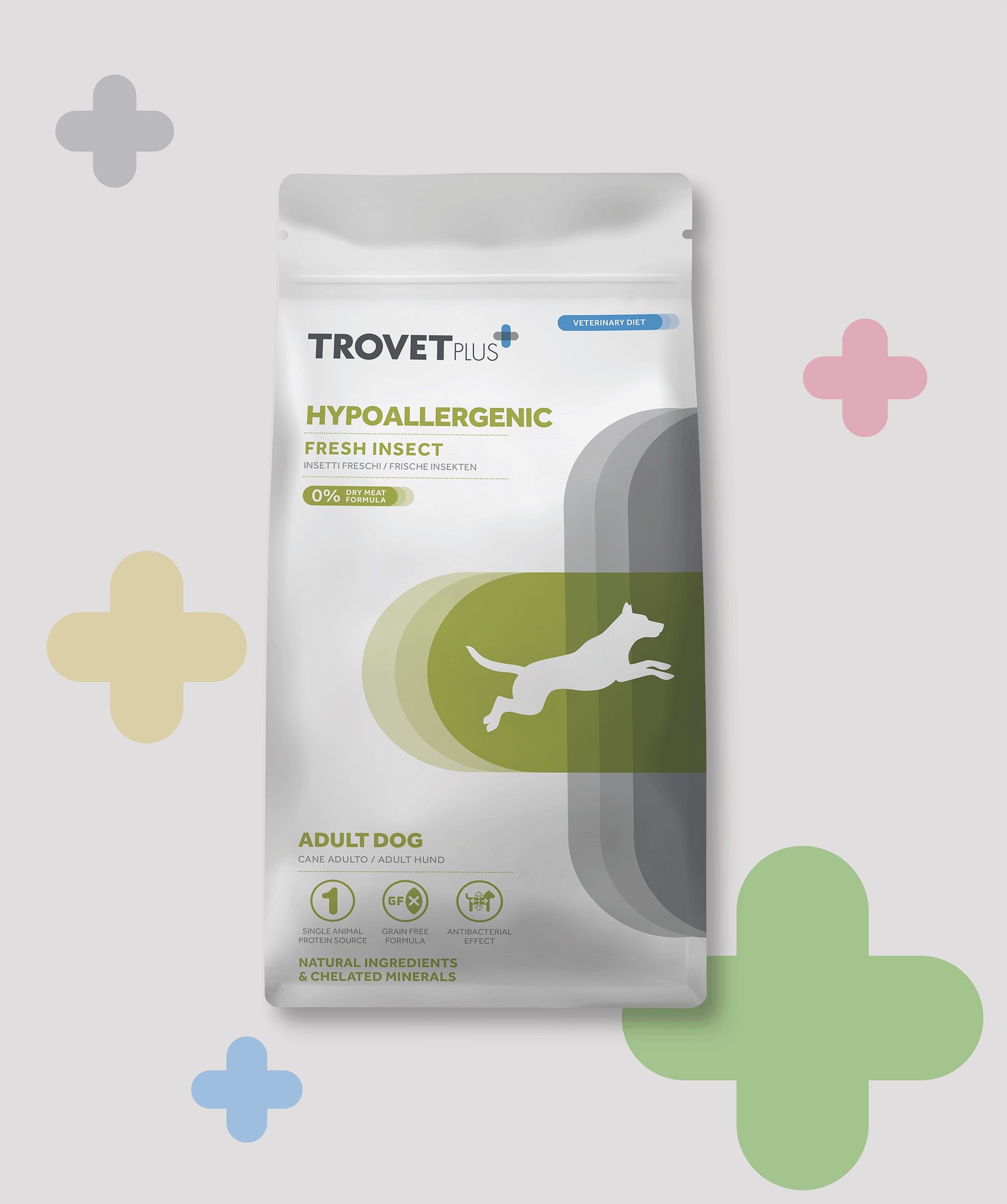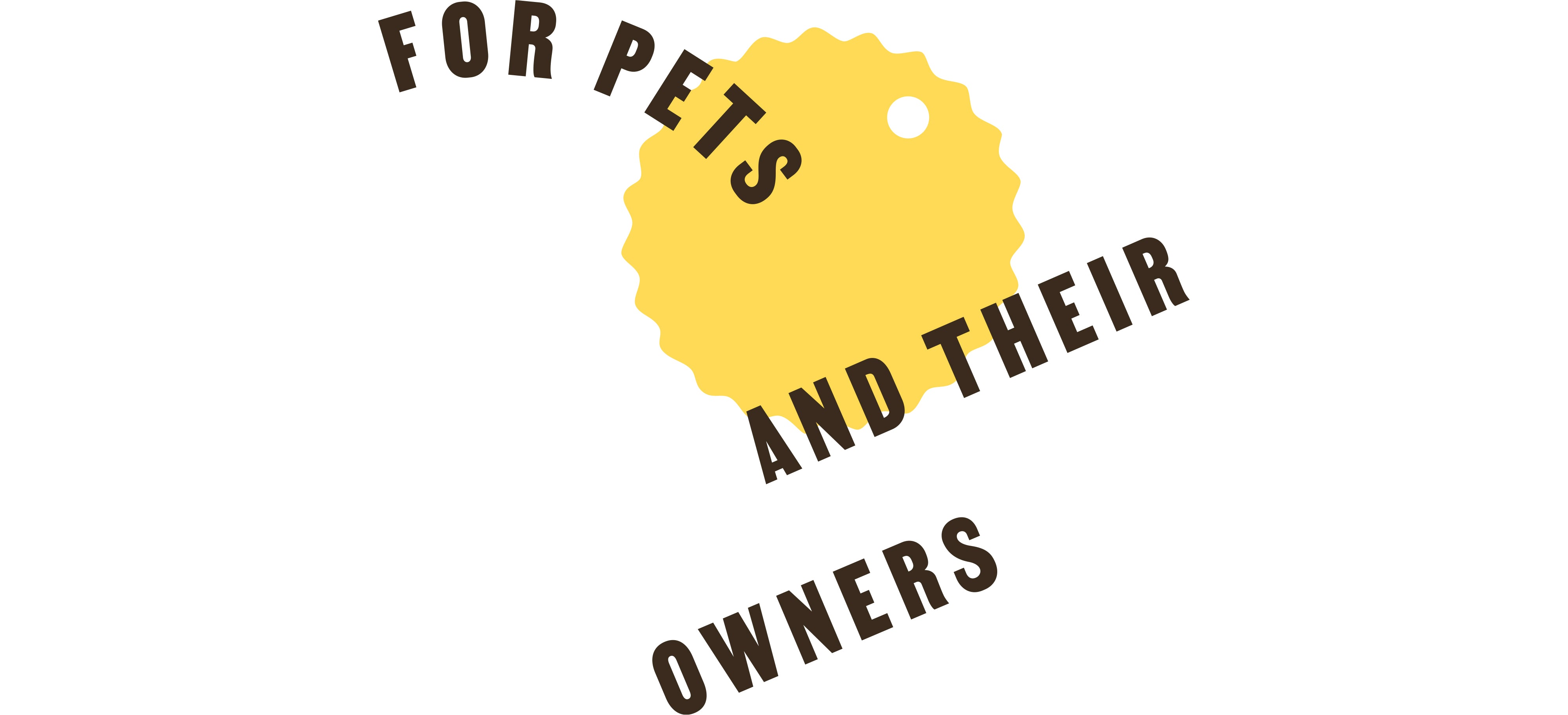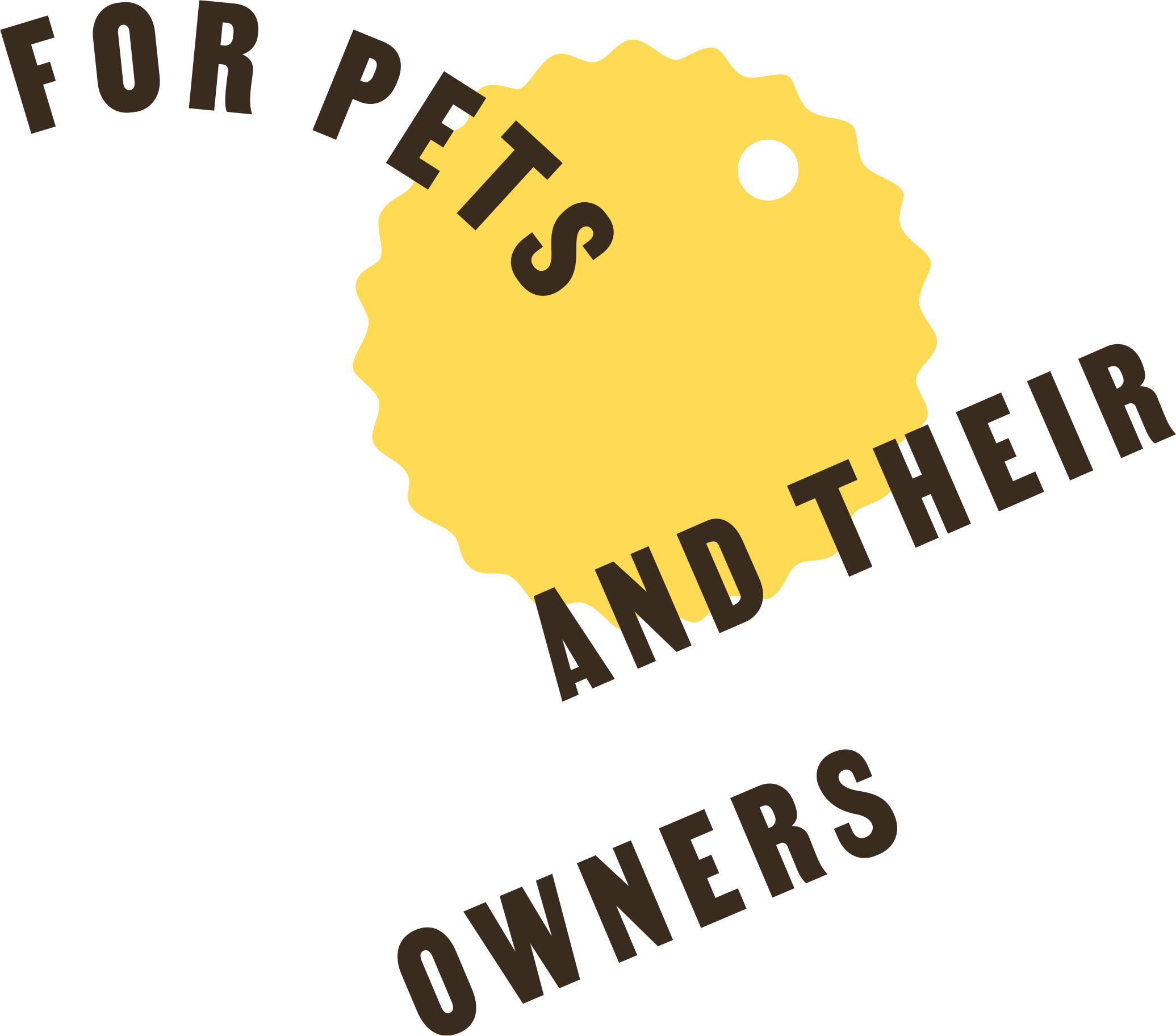Belgian Malinois
The Belgian Malinois is one of the most versatile and admired working breeds in the canine world. Known for its intelligence, agility, and bravery, this dog is widely used in security forces, rescue operations, and obedience sports. Although its elegant appearance and strong learning ability make it stand out, it is a breed that requires dedication, training, and constant exercise to remain balanced and healthy.
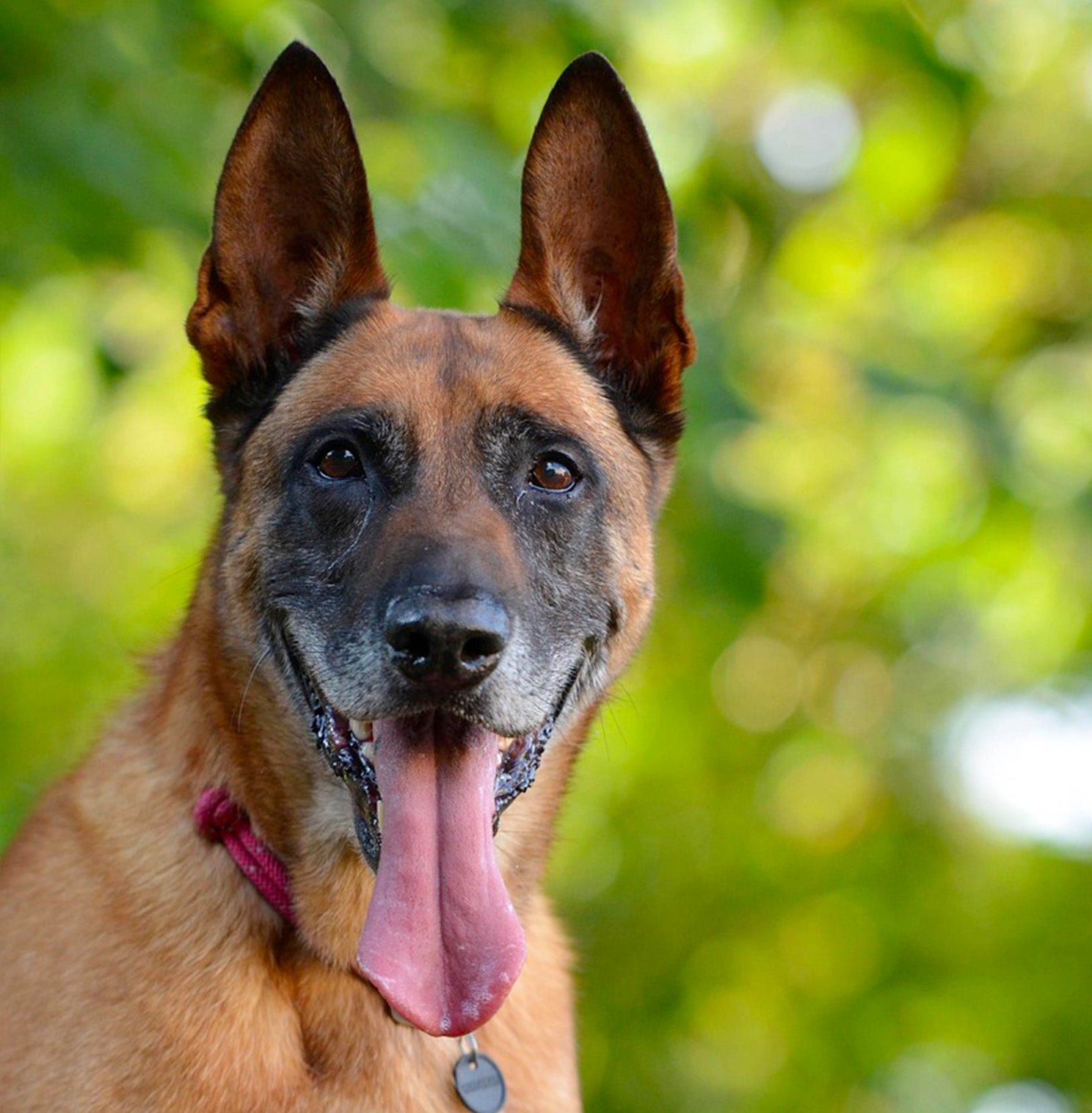

Features







Collapsible content
Breed origins
The Belgian Malinois is one of the four varieties of the Belgian Shepherd, along with the Tervuren, Groenendael, and Laekenois, each with its own specific coat type and temperament. However, the Malinois has become the most popular and widely used variety due to its exceptional combination of intelligence, agility, and physical endurance. Its name comes from the city of Malines (Mechelen) in Belgium, where this variety was bred and selected in the late 19th century with the goal of developing a versatile, highly obedient dog capable of performing demanding tasks.
From its origins, the Belgian Malinois was bred as a herding and flock-guarding dog, which endowed it with a strong protective instinct and a great sense of duty. Its quick responsiveness and stamina made it a highly valued breed among Belgian farmers and livestock keepers, who relied on it to protect their animals from predators and to manage herds effectively.
As its abilities became more evident, its role expanded beyond herding. Its superior intelligence, sharp instincts, and ease of training quickly made it stand out in areas such as protection, tracking, and search and rescue. Today, the Belgian Malinois is one of the most widely used breeds in police and military forces around the world, known for its loyalty, bravery, and strong work ethic.
Characteristics and aptitudes
The Belgian Malinois is a medium-sized dog with an athletic and muscular build. Males measure between 61 and 66 cm at the withers, while females range from 56 to 61 cm, with a weight between 25 and 34 kg. Its short, dense coat allows it to adapt easily to different climates and working conditions. As for coat colors, beige and mahogany tones predominate, always with a black mask on the face.
In terms of temperament, the Belgian Malinois is extremely energetic and hardworking. It is not a dog that enjoys a sedentary life; it requires daily physical exercise and mental stimulation. Its protective and territorial instinct makes it an excellent guard dog, although this same trait can lead the breed to be perceived as dangerous if not properly trained.
Thanks to its intelligence and quick learning ability, the Malinois breed is ideal for high-performance activities such as agility, advanced obedience, and tracking. However, its strong and determined character makes it less suitable for inexperienced owners, as it requires firm, consistent, and respectful training.
Care
The Belgian Malinois is a breed that needs an active and varied routine to stay balanced. It requires at least two hours of daily exercise, combining physical activities such as running, jumping, and chase games with mental exercises like obedience training and interactive games. Without proper stimulation, it may develop behavioral problems such as anxiety, destructiveness, or excessive barking.
As for its coat, the Belgian Malinois has a short, dense coat that needs weekly brushing to remove dead hair and keep it clean. Although it doesn't require frequent baths, it's important to check its ears and trim its nails regularly. During seasonal shedding, brushing should be more frequent to prevent excessive hair buildup.
Another key aspect of its care is early socialization. This breed has a strong protective instinct, so it should be exposed to different people, environments, and situations from puppyhood. Good socialization will prevent it from becoming overly territorial or reactive, ensuring it can live harmoniously with its family and other animals.
Diseases
Although generally a healthy dog, the Belgian Malinois can be prone to certain hereditary diseases. One of the most common issues is hip and elbow dysplasia, a degenerative condition that affects mobility and causes pain over time. To prevent it, it is essential to monitor the dog’s weight, provide a balanced diet, and avoid excessive exercise in growing puppies.
Another recurring condition in the breed is epilepsy, a neurological disorder that can manifest through occasional seizures. While it has no cure, proper treatment and regular veterinary check-ups can help control the symptoms and ensure a fulfilling life for the dog.
Finally, the Belgian Malinois may experience digestive issues or skin allergies, especially if its diet is not appropriate. Some individuals are sensitive to certain ingredients, so it is advisable to choose a natural kibble, grain-free, and rich in high-quality proteins to support digestion and strengthen the immune system.
Give your Belgian Malinois the best nutrition with Onlyfresh, formulated with natural, balanced ingredients to ensure health, energy, and optimal performance. Discover our options and choose the best nutrition for your dog!
-
-
-
Hipoalergenic Grain free-20%Add to cart
-
Hipoalergenic Grain free-20%Add to cart
-
-
Hipoalergenic Grain free-20%Add to cart
-
-
-
-
Hipoalergenic Grain free-20%Add to cart
-
Hipoalergenic Grain free-20%Add to cart
-
Low grain Hipoalergenic-20%Add to cart
-
-
Low grain Hipoalergenic-20%Add to cart
-
-
Hipoalergenic Grain free-20%Add to cart
-
Low grain Hipoalergenic-20%Add to cart
-
Low grain Hipoalergenic-20%Add to cart
-
Low grain Hipoalergenic-20%Add to cart
-
-
Hipoalergenic Grain free-20%Add to cart
-
Low grain Hipoalergenic-20%Add to cart
-
-
Hipoalergenic Grain free-20%Add to cart
-
Hipoalergenic Grain free-20%Add to cart
